What's New In Robotics This Week - Jan 08

Posted on Jan 08, 2016 7:00 AM. 7 min read time
3 legal cases of the future; cobots to drive robotic growth; passenger-carrying drone unveiled; Intel acquires Ascending Technologies; human-machine superintelligence... and more. Find out what's happening in the robotics’ universe this week. We select news that we hope will interest or amuse you. Enjoy!
Here Are 3 Legal Cases From The Future (Fusion)
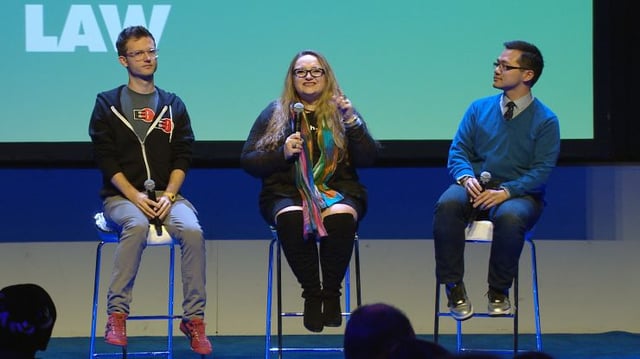
The rise of robotic and AI technologies presents us with a wide range of new legal issues for experts to consider, such as determining liability when a robot malfunctions, data privacy concerns, and jurisdictional questions in employment law.
In this fascinating and short article three experts (Northeastern University law professor Andrea Matwyshyn; Robot, Robot, & Hwang’s Tim Hwang, and Electronic Frontier Foundation copyright activism director Parker Higgins) discuss three legal scenarios which could arise in the future: "Writers vs A.I.Rowling," "People Vs. Dronimos," "The Algorithm Defense".
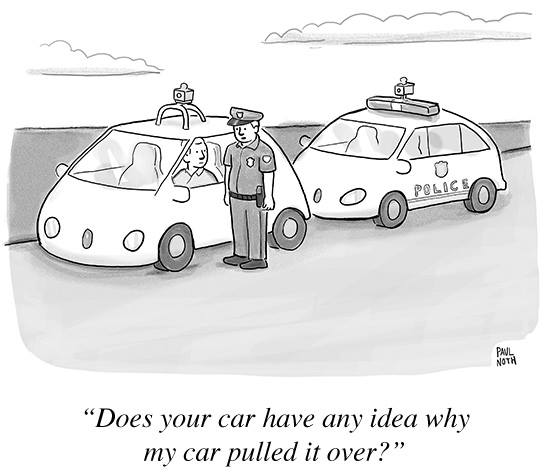
Why cobots will be a huge driver of innovation and growth for robotics (Robohub)
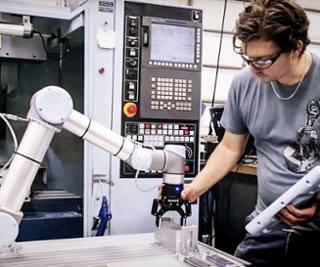
Human-robot collaboration combines the best human qualities --high-level reasoning, flexibility, adaptability, and competence in cluttered environments-- with the best machine qualities --reliability, precision, and brute computational power.
Further, humans and robots working together are more effective than groups of robots or humans working on their own:
In a human-machine study conducted by an MIT professor at a BMW factory, it was shown that teams made of humans and robots collaborating efficiently can be more productive than teams made of either humans or robots alone. Also, the cooperative process reduced human idle time by 85%.
Given the benefits of human-robot collaboration, Frank Tobe expects massive growth in the cobot market over the next 2 years:
Companies of all types and sizes are finding strategic reasons to acquire or invest in robotics and robotic ventures to add to their arsenal of products and services as the metrics of ownership and deployment become more affordable.
The SME marketplace is huge – 6 million companies worldwide and almost 70% of the world’s manufacturing. A few low-cost plug and play robotic tools can easily fit into the manufacturing process in most of these companies, which is why it is easy to imagine that cobots could be on track to sell hundreds of thousands of units beginning as early as 2018.
Chinese drone maker unveils human-carrying drone (PhysOrg)
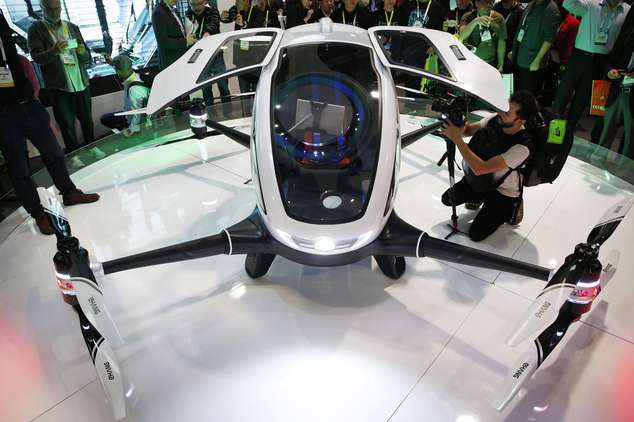
OK, so it's not exactly the jetpack we've all been waiting for, but 2016 has already delivered news of a human-carrying drone from China in the form of the EHang 184 autonomous aerial vehicle:
The electric-powered drone can be fully charged in two hours, carry up to 220 pounds and fly for 23 minutes at sea level, according to Ehang. The cabin fits one person and a small backpack and even has air conditioning and a reading light. With propellers folded up, it's designed to fit in a single parking spot.
After setting a flight plan, passengers only need to give two commands, "take off" and "land", each controlled by a single click on a Microsoft Surface tablet, the company said.
It is designed to fly about 1,000 to 1,650 feet off the ground with a maximum altitude of 11,500 feet and top speed of 63 miles per hour.
The drone is expected to cost between $200,000 and $300,000 USD.
Robopocalypse Now! (Or 2040)
A programmer turned sci-fi author has predicted that robots could outnumber humans as early as 2040 (Business Insider)
2040-2055: mark it in your diaries, for that is the time period when a conflict between humans and robots/AIs is most likely to occur, according to Logan Streondj, a software programmer turned sci-fi writer:
Streondj said he needed to come up with a realistic timeline for when a conflict could occur between humans and robots.
“Intuitively it would seem to be around the time when there are as many or more robots than homo-sapiens on the planet, at which point there may be enough sufficiently intelligent robots to demand a space for themselves,” he said. “The most likely time-frame for an artilect war style conflict would be between 2040 and 2055.”
For more on how Streondj arrived at these dates, check out his original blog post.
Human-machine superintelligence can solve the world's most dire problems (PhysOrg)
Don't tell the headline writers, but a Robopocalypse is far from inevitable. In fact, human-machine collaboration can bring massive benefits to humanity:
The combination of human and computer intelligence might be just what we need to solve the "wicked" problems of the world, such as climate change and geopolitical conflict, say researchers from the Human Computation Institute (HCI) and Cornell University.
In an article published in the journal Science, the authors present a new vision of human computation (the science of crowd-powered systems), which pushes beyond traditional limits, and takes on hard problems that until recently have remained out of reach.
Intel Acquires Ascending Technologies (Intel blog)
Josh Walden, Senior Vice President and General Manager of Intel’s New Technology Group, revealed some of Intel's thinking about its acquisition of Ascending Technologies in a recent blog post:
Drones, also referred to as unmanned aerial vehicles (UAVs), are quickly emerging as an important computing platform of the future. With practical applications ranging from disaster response, to infrastructure inspection, to delivery of goods, UAVs offer an incredible opportunity for innovation across a multitude of industries. As a result, Intel is positioning itself at the forefront of this opportunity to increasingly integrate the computing, communications, sensor and cloud technology required to make drones smarter and more connected.
With Ascending Technologies, Intel gains expertise and technology to accelerate the deployment of Intel RealSense technology into the fast growing drone market segment. We plan for the Ascending Technologies team to continue supporting their current customers while also collaborating with Intel’s Perceptual Computing team to develop UAV technology that can help drones fly with more awareness of their environments.
And, as the BBC reported, Intel demonstrated some of their drones' obstacle- and collision-avoidance capabilities at CES this week:
At CES, the Typhoon H drone followed a cyclist through a small course on stage, complete with a handful of mock "trees".
When one of these obstacles was made to fall in the drone's path, it dodged it, and thereby avoided a collision.
"The drone was able to stop, wait and go round that obstacle as well - following the rider all the time," said Intel's chief executive Brian Krzanich.
"Any other commercial drone out there would have crashed into the tree."
And Finally...
It's CES time. And that means lots of robot news to cover. Here are some links for in-depth coverage of the event:
IEEE Automaton blog
Disney Reveals VertiGo Wall-Climbing Robot (Daily Mail)
World's First Drone Light Painting (Drone360) [Warning: contains holiday season music, which some readers may have heard more than enough of recently.]
At CES New Robots Deliver More Coos Than Utility (NPR)
Robots That Do The Dirty Work -- CES 2016 Robotics Slideshow (AZ Tech Beat)
1.3 Million Industrial Robots Could be Installed Around the World by 2018 (The Engineer)
Compiler: The Robots And Drones To Be Excited About In 2016 (Simple Botics)
Killer Robots: New Reasons to Worry About Ethics (Forbes)
CES 2016: Double Robotics nails cheap telepresence (ZDNet)







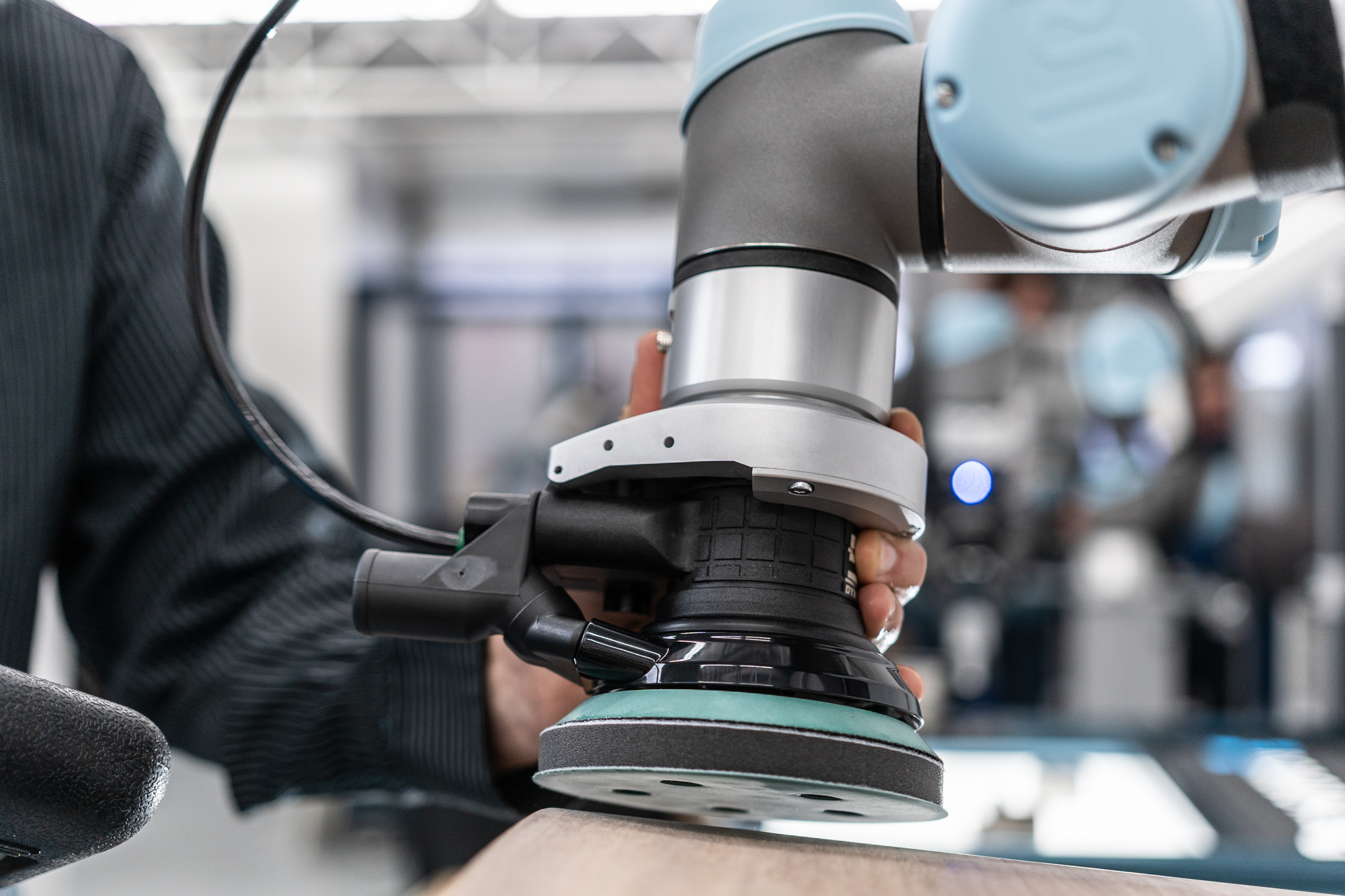


Leave a comment